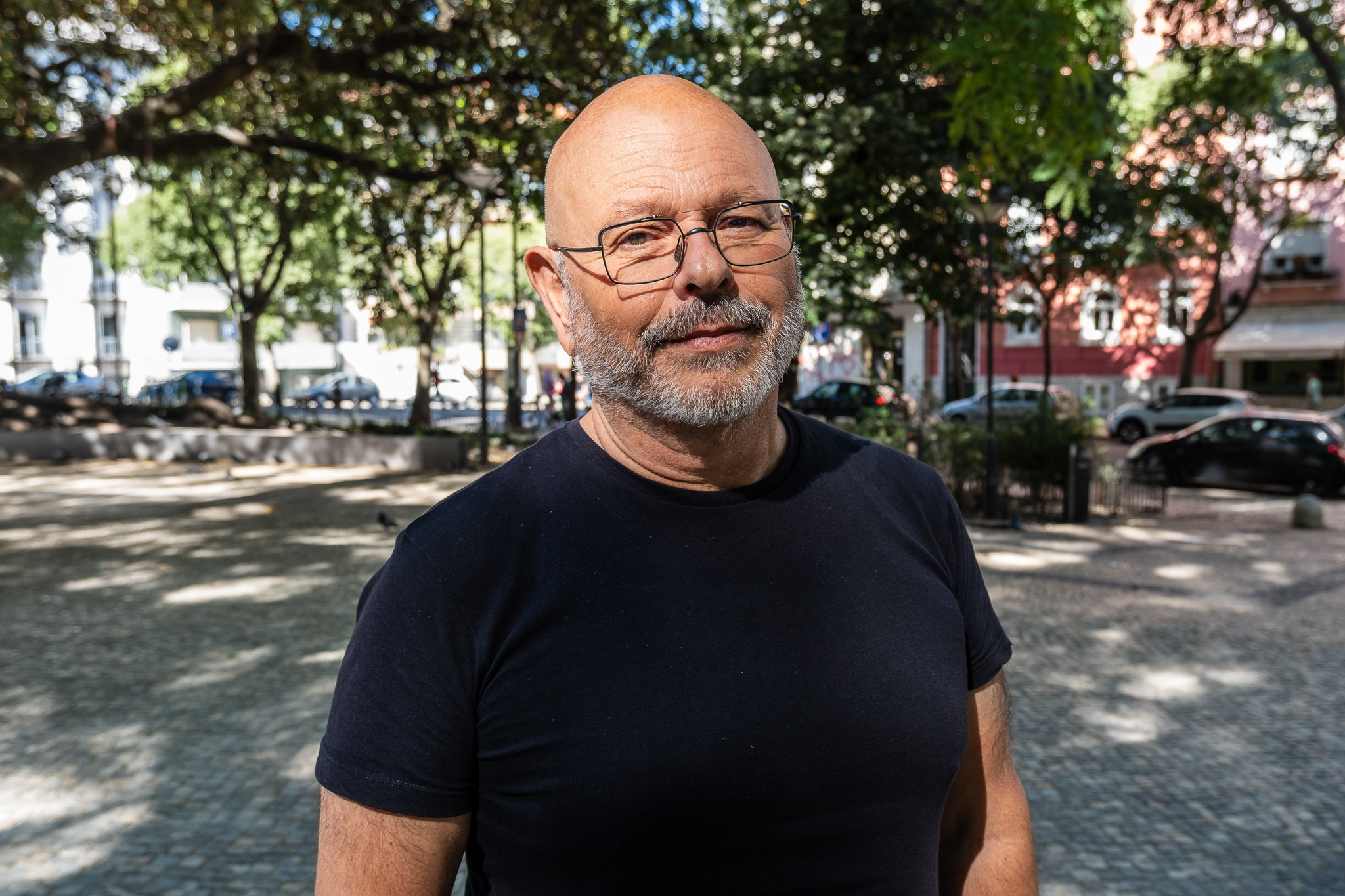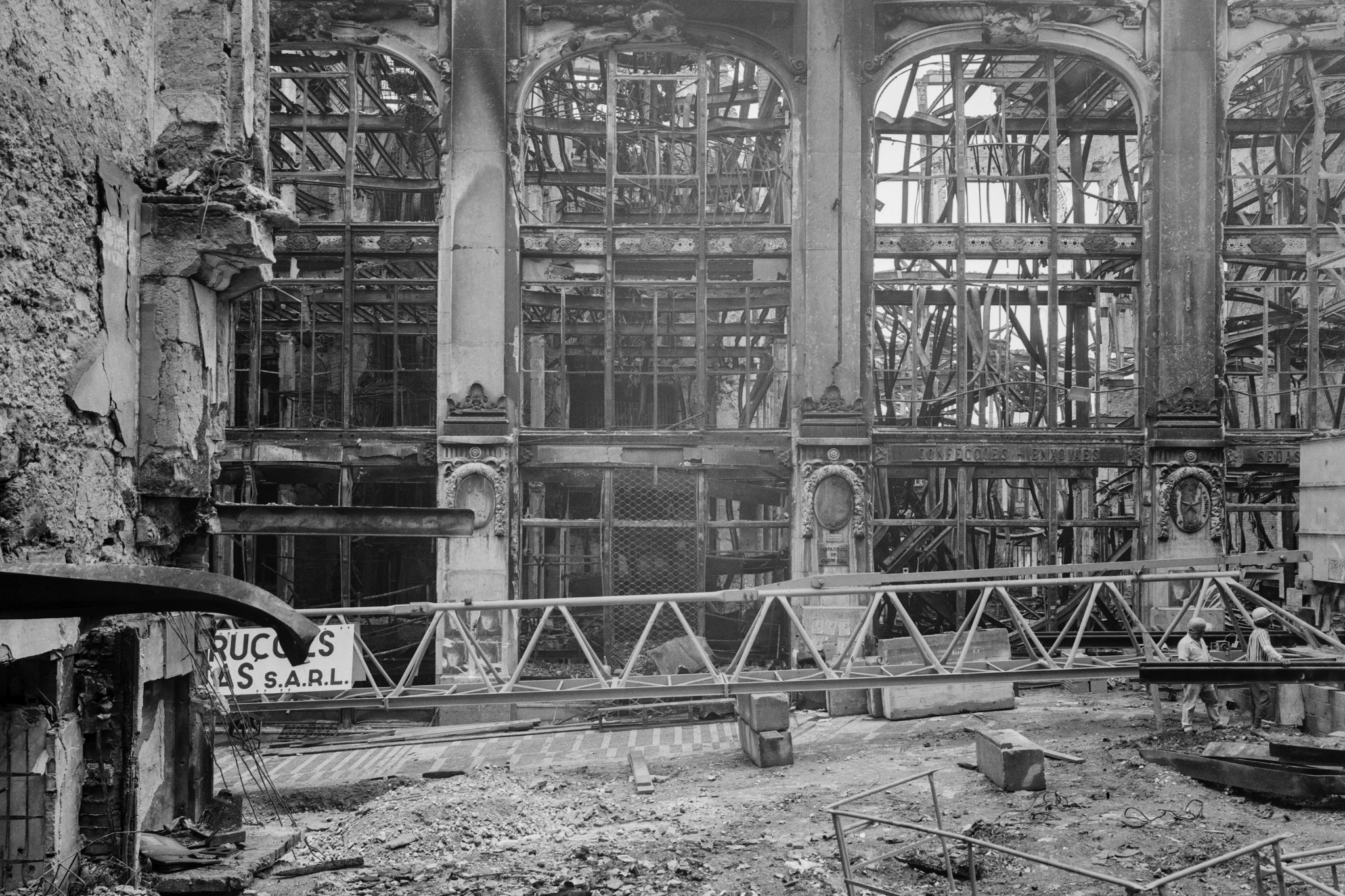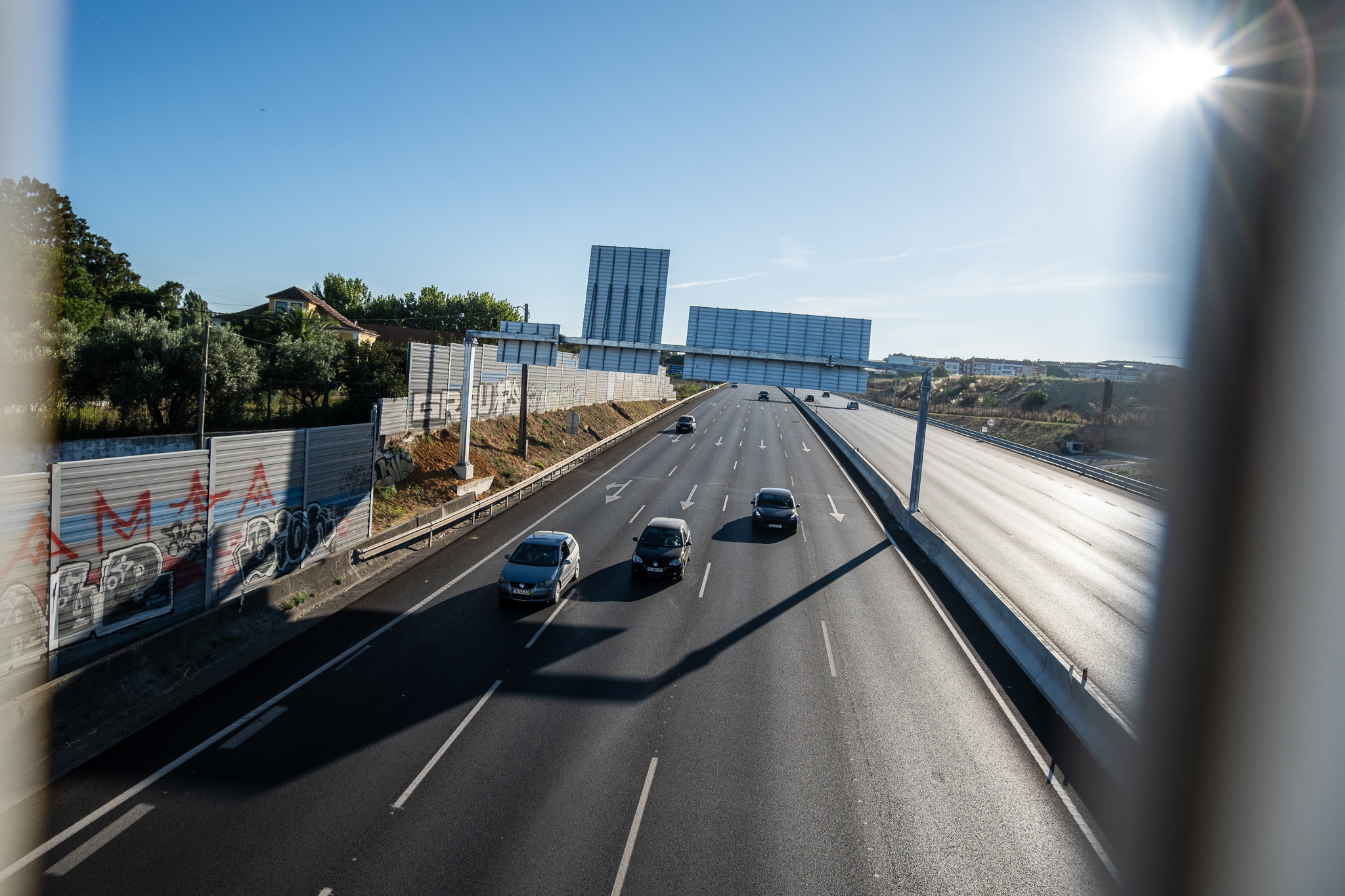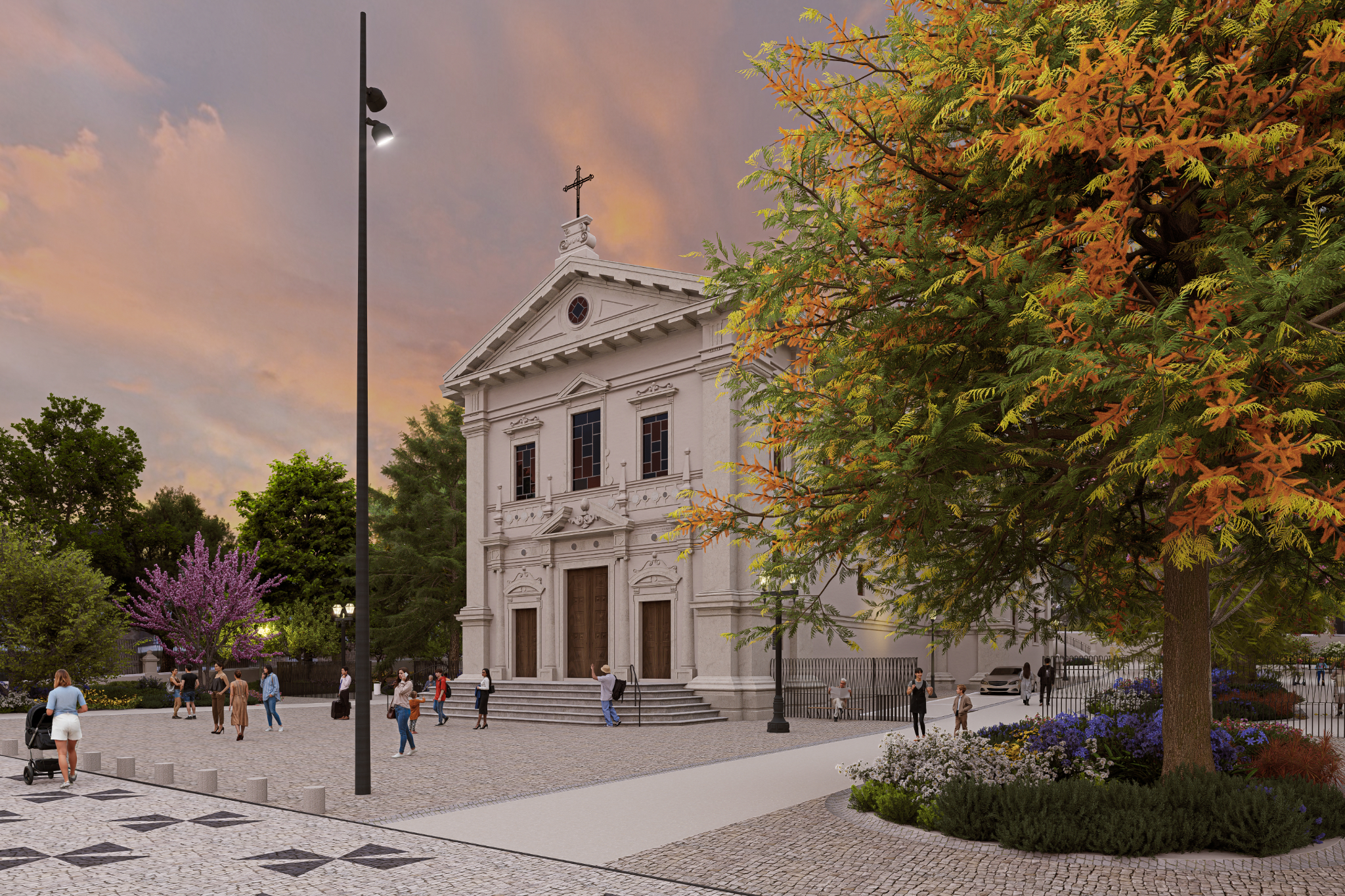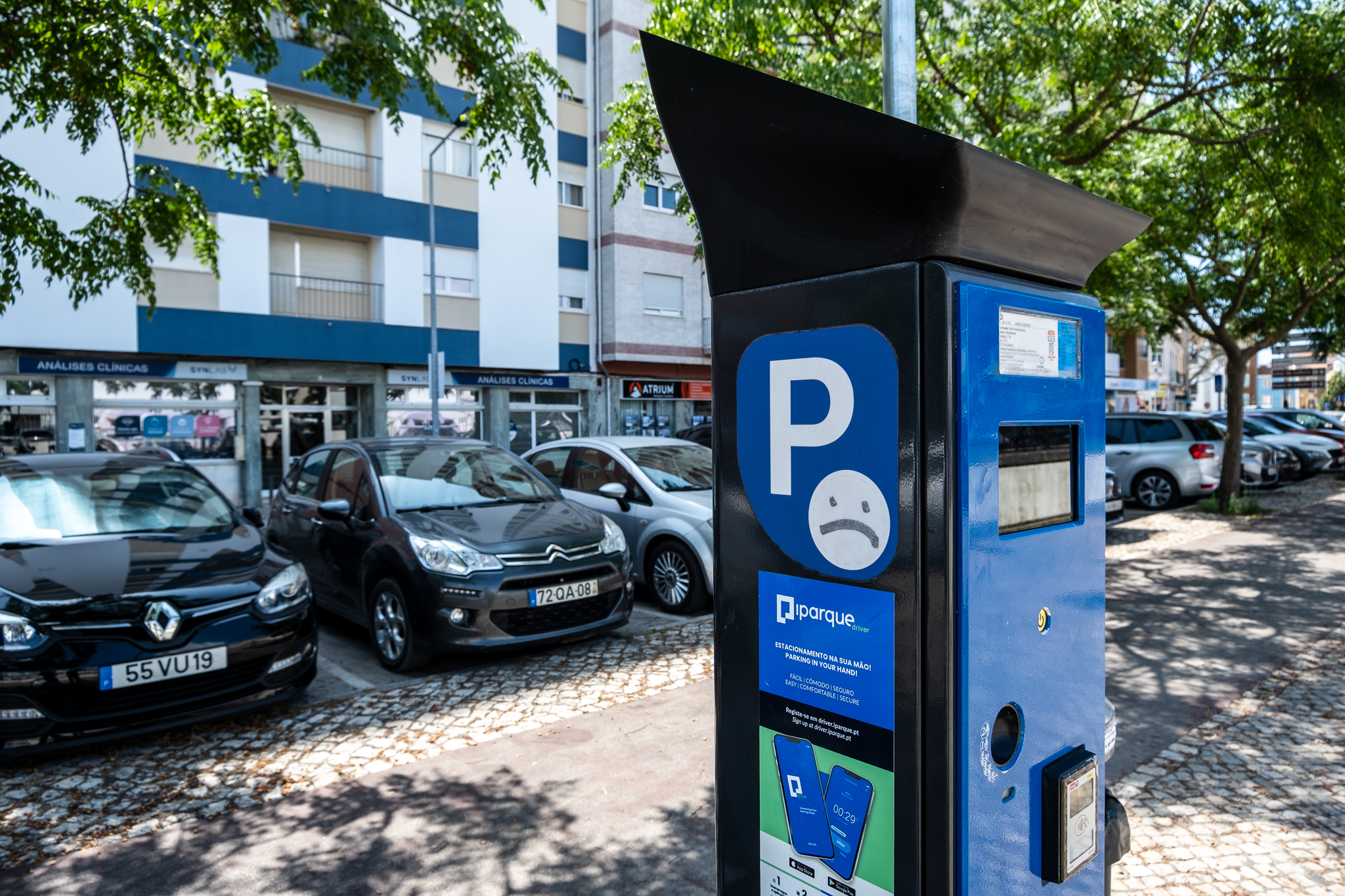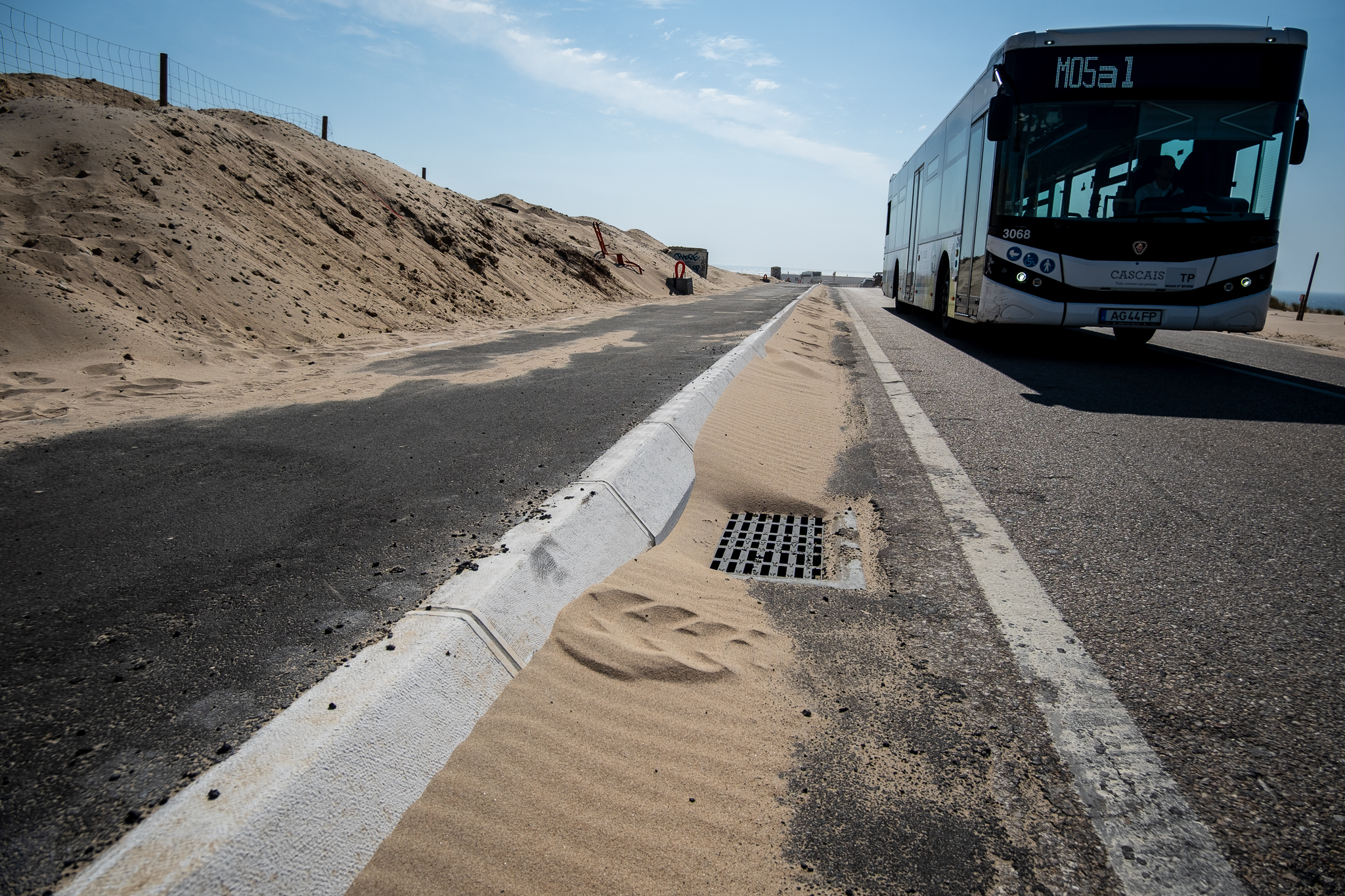It was built with the CRIL to serve as an emergency access to Monsanto, but has no road exit on the Lisbon side. It is therefore little used, so it could be used to establish a pedestrian and cycle corridor between Lisbon and Algés.
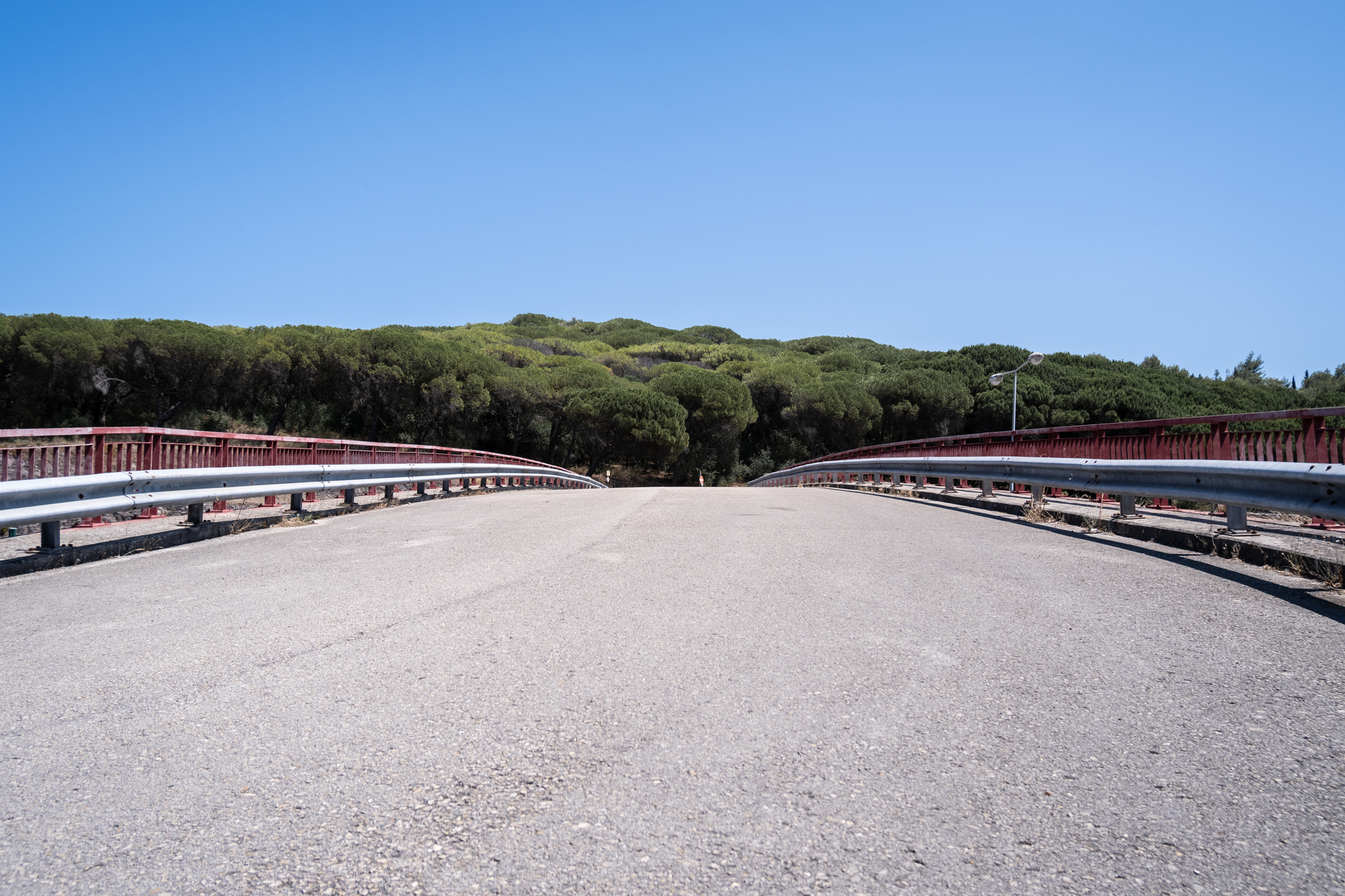
The CRIL - Circular Regional Interior de Lisboa, one of the structuring roads of the North Bank of the metropolitan area, provides a barrier between the municipalities of Lisbon and Oeiras. This physical limitation prevents, for example, the population of Miraflores and Algés from enjoying the Monsanto Forest Park. But is there a way to connect a populated area of the municipality of Oeiras to the "green lung" of Lisbon?
The topic of establishing a link between Monsanto and Algés came up during the public discussion of the project of the "Portas de Algés", which took place at the end of June.. Isaltino Morais, Mayor of Oeiras, commented during the session that the municipality "is studying" that "hypothesis"This idea was also raised by the experts also heard as part of the project. At the same meeting, which was open to the public, one citizen immediately put forward an idea: why not take advantage of a bridge that already exists, and that was built with CRIL to allow a quick emergency access of the Algés fire department to Monsanto?
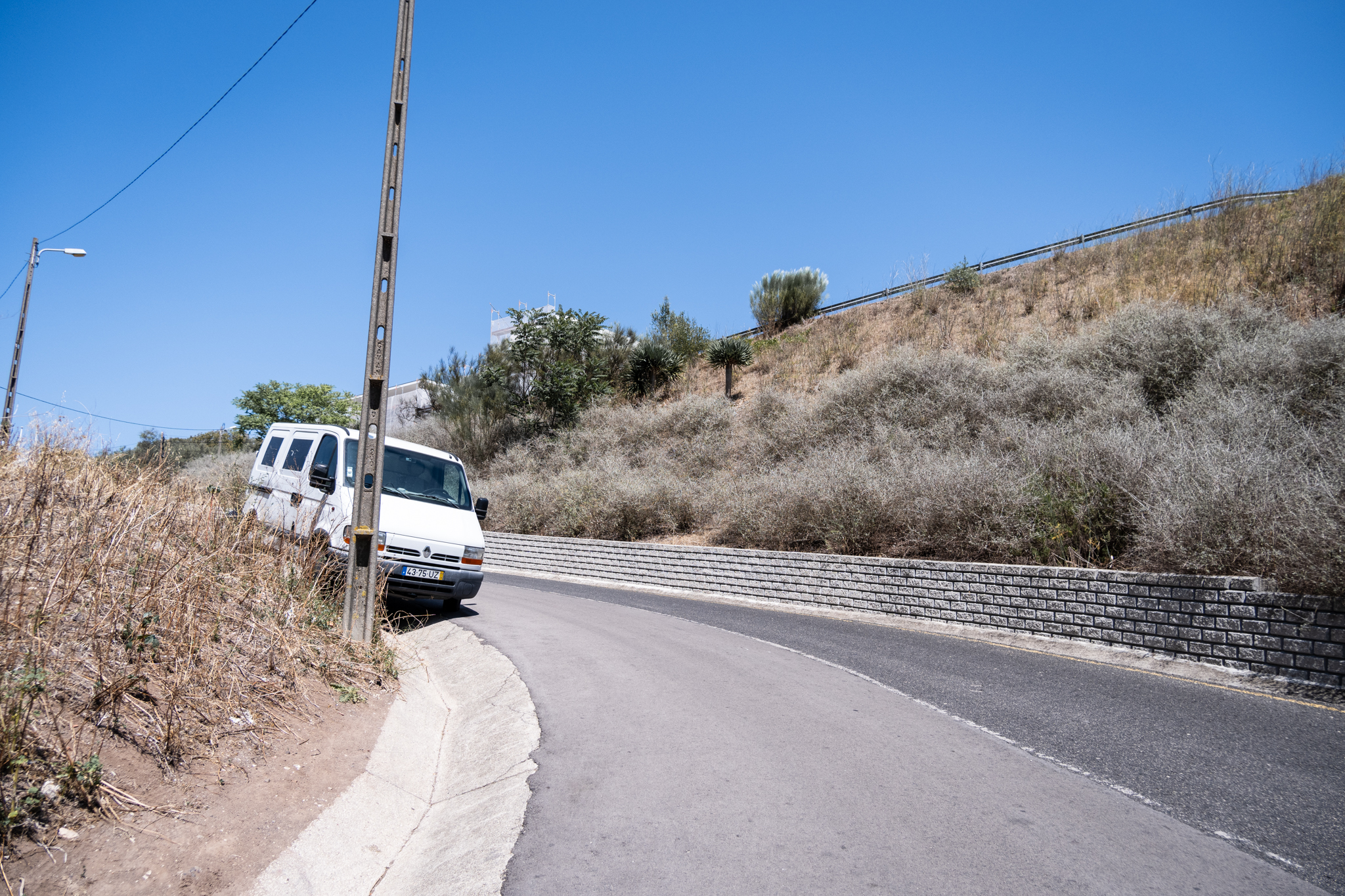
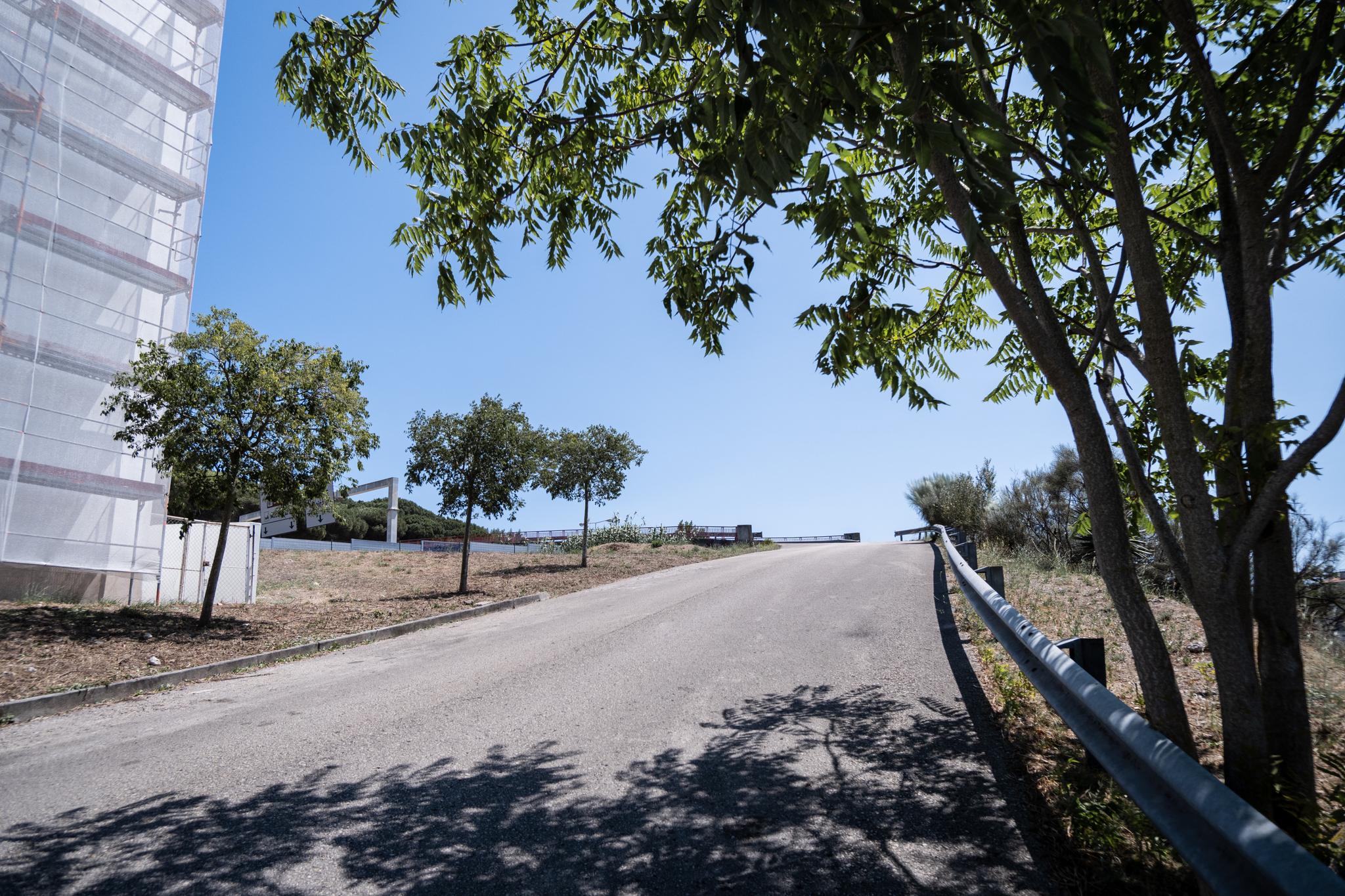
The bridge in question was built in 2002, when the stretch of the CRIL between Miraflores and Algés was built. It starts at the back of some buildings, next to Avenida dos Bombeiros Voluntários, and ends in the woods of Alto do Duque, belonging to the Monsanto Forest Park. The bridge is forbidden to traffic (except for emergency vehicles and other vehicles authorized by the Lisbon City Council), and has practically no use. Access to the bridge is via a small local street, also with little traffic, which has a slight incline.
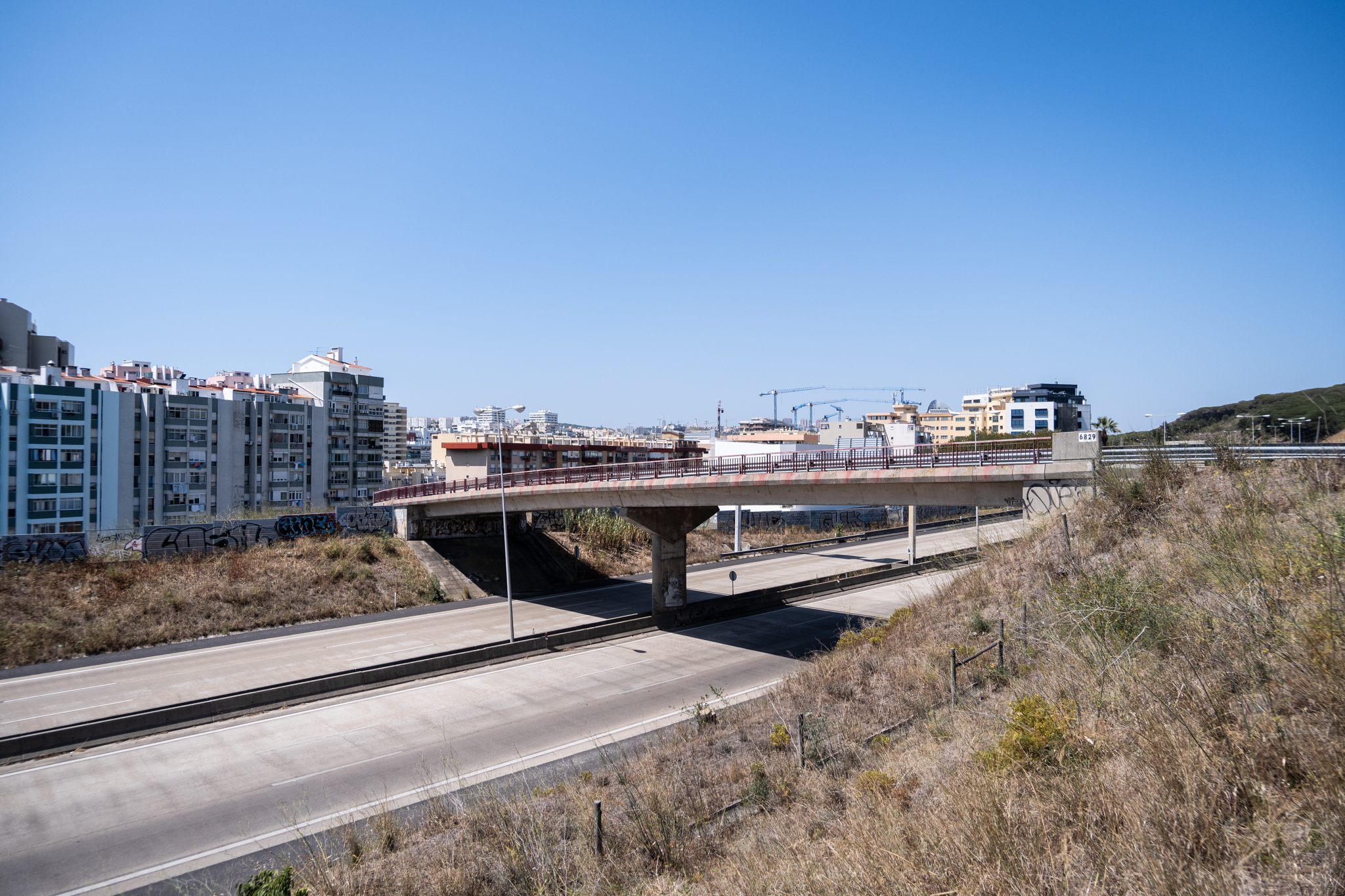
Without doing anything, the bridge can already be used today to cycle or walk between Lisbon and Oeirasas Gonçalo Matos, head of the local citizenship group Vizinhos de Belém, points out. Like many other Belém residents, Gonçalo makes his living in Algés and uses Monsanto as a haven for sport and leisure. The idea of improving accessibility between Belém and Algés appeals to him, and so does the possibility of doing it across that bridge. But, looking at the territory, he suggests the creation of a new pedestrian and cycling route right next to CRIL in order to allow the requalification and preservation of the entire hillside, as well as a descent with less inclination to downtown Algés.
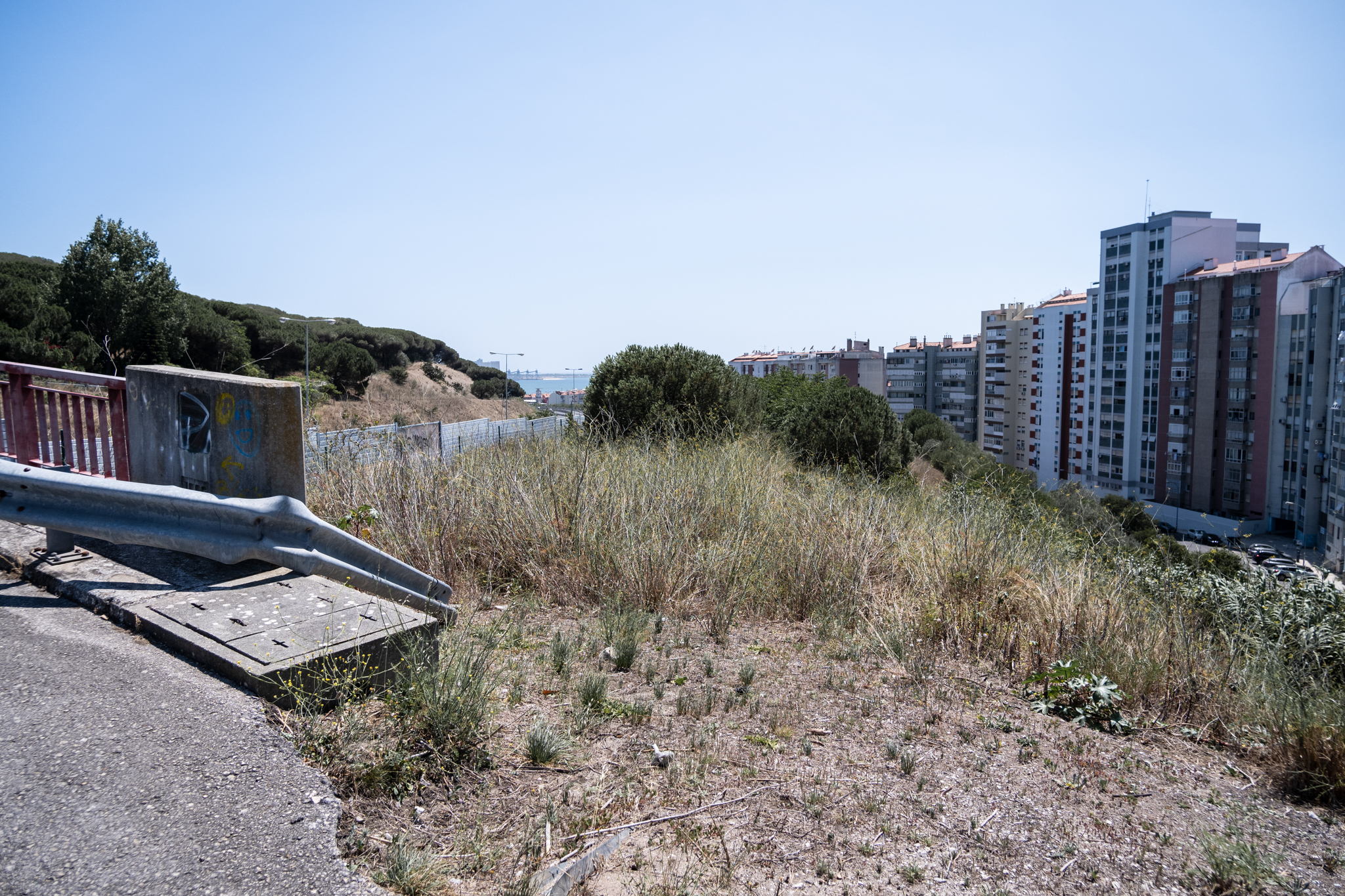

With greater or lesser inclination, the fact is that today it is already possible to reach, from that area of Oeiras and through the interior of the Alto do Duque forest, to Avenida das Descobertas, in Alto do Restelo, in Lisbon. From there, you just have to cross the avenue (where cycling infrastructure has been planned for several years) and continue along the rest of Monsanto and its roads, paths and trails.
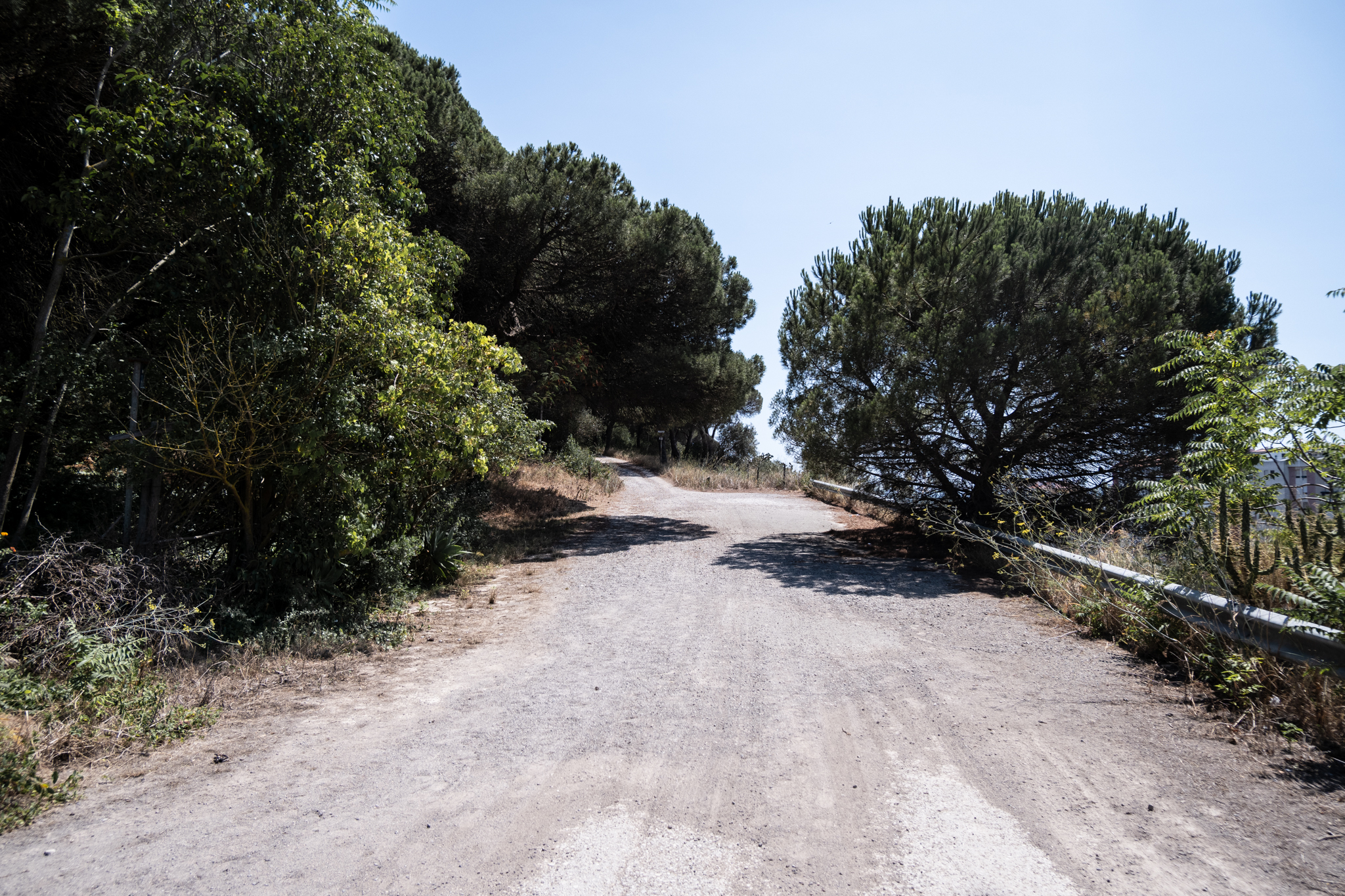
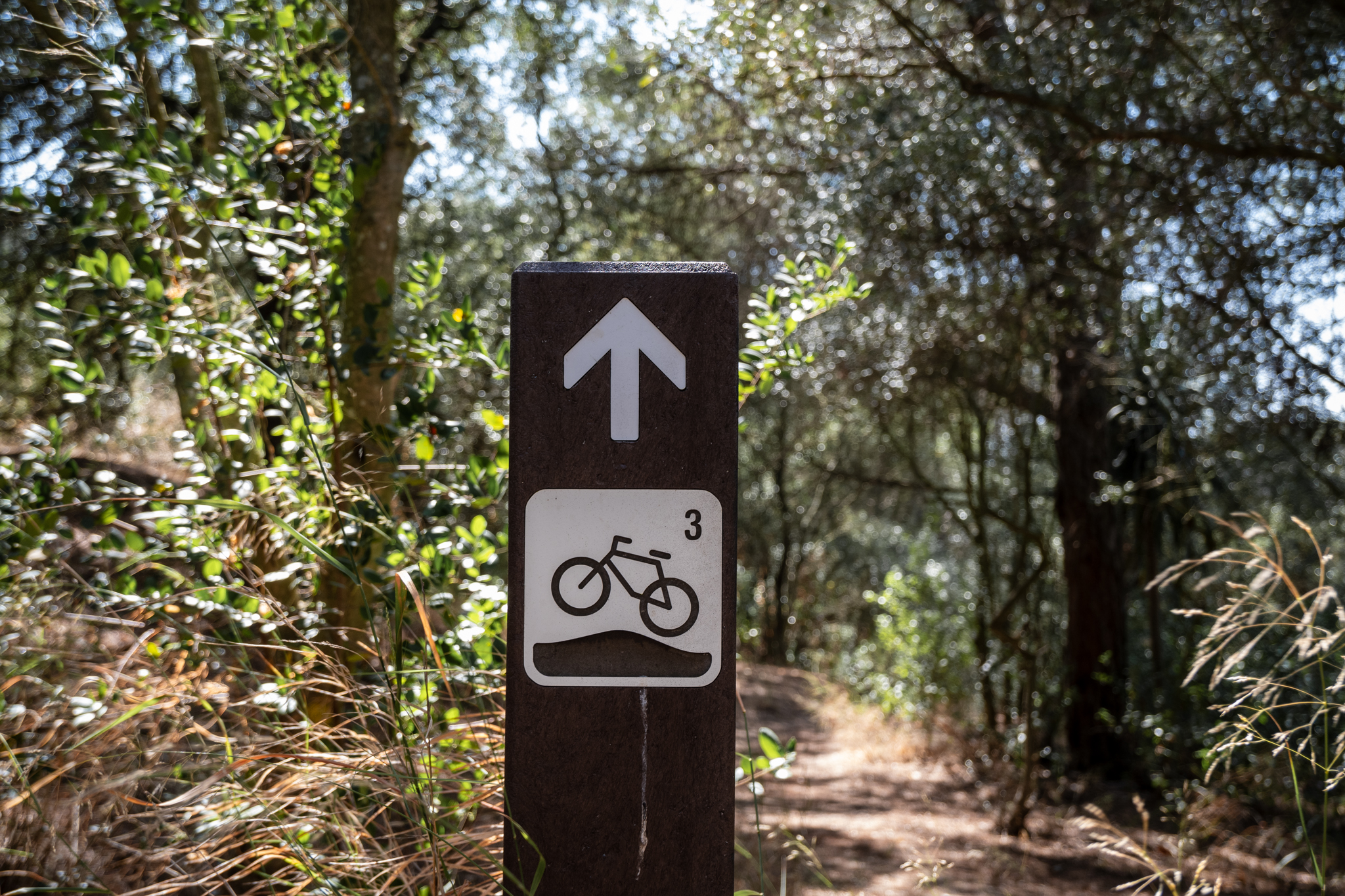
In the session dedicated to "Portas de Algés", an ambitious project to requalify the public space of one of the main entrances to the municipality of Oeiras, it became clear that the municipality of Isaltino Morais is interested in consolidating a connection to the Monsanto Forest Park. Luís Serpa, one of the municipal technicians present, said that it is relevant "thinking about how we could extend the green infrastructure of the Monsanto forest and take it down to the river" also under this projectThis is because the requalification of the Avenue and its surroundings could even be considered within the framework of a green corridor that promotes not only this connection, but also connections to existing urban parks (Miraflores) or planned (the future Algés Urban Park) on the Oeiras side.
In addition to this road bridge over the CRIL, there is another possibility to connect Monsanto to Algés: closer to Miraflores, behind the new developments known as Parque dos Cisnes and at one of the CRIL exit nodes, there is an underpass that has never been activated. It was built with a new CRIL access in mind, which was never fully executed and is now being designed for the passage of the LIOS light rail, which will come from the São Francisco Xavier Hospital in Belém, and which would enter the municipality of Oeiras through there. It is known that the LIOS will be accompanied, along its entire route, by a segregated cycle path and comfortable sidewalks. However, the details of the concept are still unknown, and the layout of that surface metro in the municipality of Oeiras, namely in this location, is still under study.


